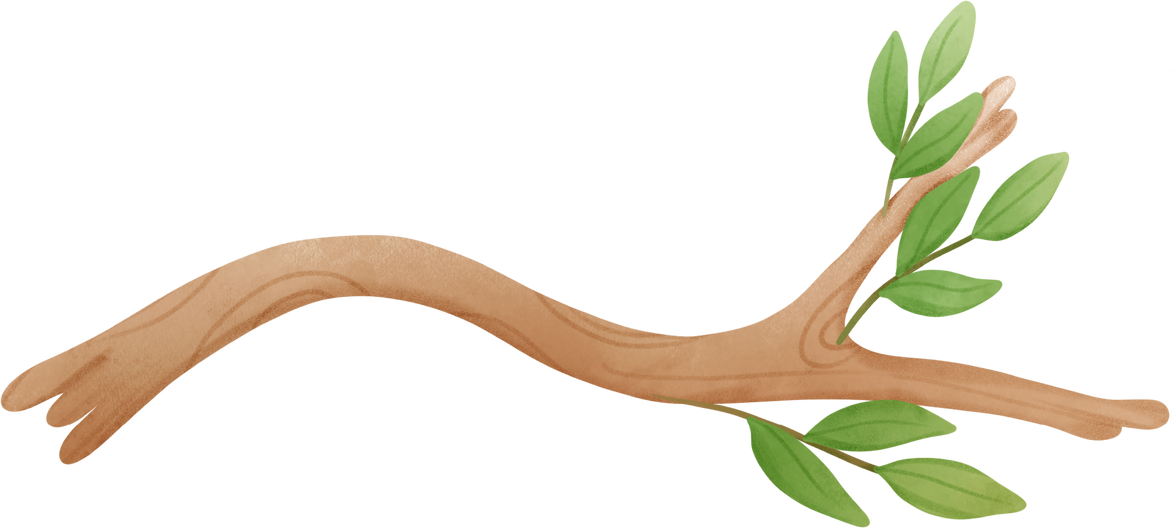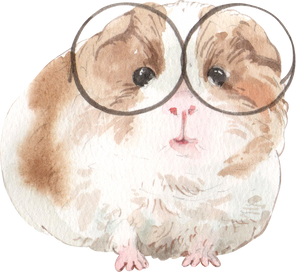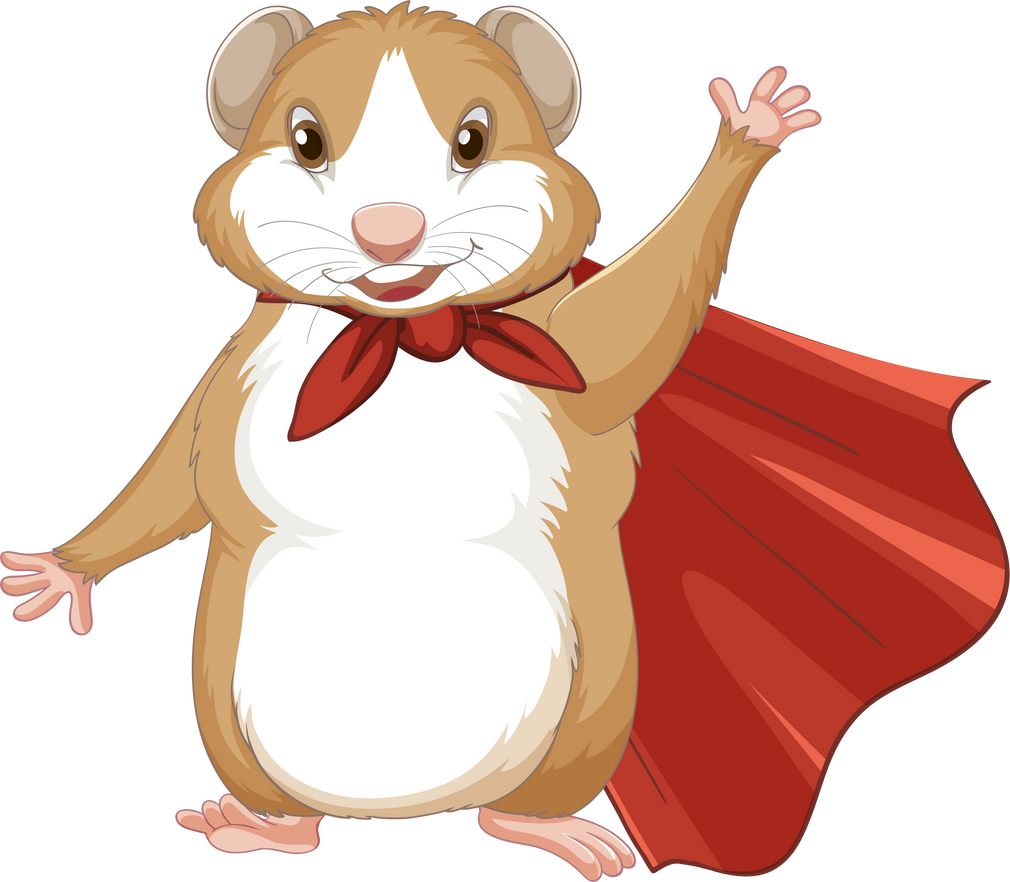
HISTORY OF THE GUINEA
The guinea pig is a small domestic animal, but big on flavor and nutritional value.
With the scientific name Cavia porcellus, it is a rodent mammal of the Caviidae family, native to the Andean region of South America, that is, Peru, Ecuador, Bolivia, Colombia, Brazil and Venezuela.
Descended from a wild species called Caviscutleríe. It was incorporated as food in pre-Inca and Inca cultures. In fact, it is stated that since the 1st. Period of the Paracas culture, known as the “caverns” period, between the years 250 to 300 BC, the people fed on the meat of this rodent.
After the Spanish invasion, the conquerors took it to Europe in the 16th century as an ornamental animal, where its breeding intensified.
On our continent, its meat is valued for being very pleasant and tasty to the palate, but above all, for its nutritional value, since it is an excellent source of protein, with less fat than other meats.
Today it continues to be a very popular food among the Andean population, who also use it in traditional medicine and in local rituals. The quality of its meat allows it to enter various urban markets in Peru and abroad.


GUINEA CLASSIFICATION
Guinea pigs are classified by their degree of genetic improvement, type of coat and their line of origin.
Let's see:
By the degree of genetic improvement:
In Peru we have the Criollo and the improved guinea pig. The first is the common one, and the second is the one that has been improved through selection processes and genetic care of several eco-types of guinea pig that exist in the country.
By coat type:
Type I: straight fur, short and close to the body, and of different colors.
Type II: short, swirling and straight fur, in the shape of a rosette or swirl.
Type III: straight and long coat.
Type IV: short, curly coat.
By lines of origin or races:
The Peru, Inti and Andina breeds are available, although the INEA Cajamarca works with the Inca Line, which is the most used for commercial breeding.
The Peru breed: it is a large animal, with good growth speed and a small number of offspring. It is preferably used as a reproductive male. It has a short straight coat (type 1), brown and white. It has a rounded shape.
The Inti breed: is characterized by its precocity and prolificacy. It can give birth to an average of 3.2 offspring per birth, in a gestation period of approximately 66 days. It is an intermediate line between the Peruvian and Andean races. Its fur is straight, short and bay in color or combined with white. It has a rounded shape and reaches 800 gr. at 10 weeks of age.
The Andean breed: its coat is smooth, short (type 1) and completely white and its shape is slightly elongated. It is mainly characterized by its greater number of offspring per birth, with an average of 4.2 offspring, in a period of 67 days of gestation. It is smaller in size than the Peru breed and the Inti breed, and is mainly preferred as mothers. They are ready for mating at 75 days and the males at 84. Another advantage of this breed is that it adapts to the climatic conditions of the coast, mountains and high jungle, from sea level to 3,500 meters above sea level.


MEDICINAL VALUE
The guinea pig has healing properties. According to experts, a guinea pig broth is used to combat colds, throat infections, lung diseases, weakness, anemia, stye, insomnia and tuberculosis.
People say that:
A glass of water with five drops of tender black guinea pig blood cures typhoid fever and arthritis.
Guinea pig blood mixed with white wine is used for heart conditions or heart ailments.
The blood of a tender guinea pig mixed with an egg yolk and a small amount of wheat flour and panela, relieves headaches.
Drinking the gall or bile of a recently dead guinea pig cures asthma, sore throat, refines the voice, soothes ear pain and combats hair loss.
Guinea pig feces are used to cure stomach pains, colic and constipation.
It is also used to treat fright, bad wind, sipa, the evil eye, or blowing.
In other cases it is used for the so-called “pasada del cuy”, for feeding parturient women and for diagnosing diseases.

COMMERCIALIZATION
The Regional Demand
There is a consensus among specialists, consumers and product suppliers that there is an unsatisfied demand for guinea pig meat in all the provincial capitals of Apurímac.
Despite the promotion of local and regional guinea pig breeding by public and private institutions, demand continues to be at a level of dissatisfaction. That is, even with the emergence of technical breeding and the number of breeders, the supply is still insufficient.
Many food establishments in Abancay, capital of the Apurímac region, have serious difficulties in supplying this Andean rodent, according to the new demands of the urban gastronomic market.

TYPES OF PARENTING
Breeding can be of two types: Family Breeding and Commercial Breeding.
Family Parenting
It is what is carried out inside the house, generally in the kitchen, without management techniques such as breeding, weaning, sexing, classification and separation of animals between adults and children, by age and type of diet.
It is aimed at the self-consumption of the peasant family, traditional medicine or its use in local rituals.
Commercial Breeding
It is aimed at producing for the market and obtaining economic income, both from the sale of guinea pig meat and for reproduction. In this case, a technological package is used that includes infrastructure, food, management, health and marketing.
This type of breeding requires exclusive and specialized dedication, due to how demanding it is to raise an animal that is quite vulnerable to disease attacks.
The feeding is necessarily mixed, by combining forage with concentrated feed, to obtain optimal performance of the animals.

tokenominc
tokenominc

1,000,000,000
TOKEN SUPPLY
sell/BUY TAXes
0%
1,000,000,000
TOKEN SUPPLY
sell/BUY TAXes
0%
burn lp
revoked
burn lp
revoked


